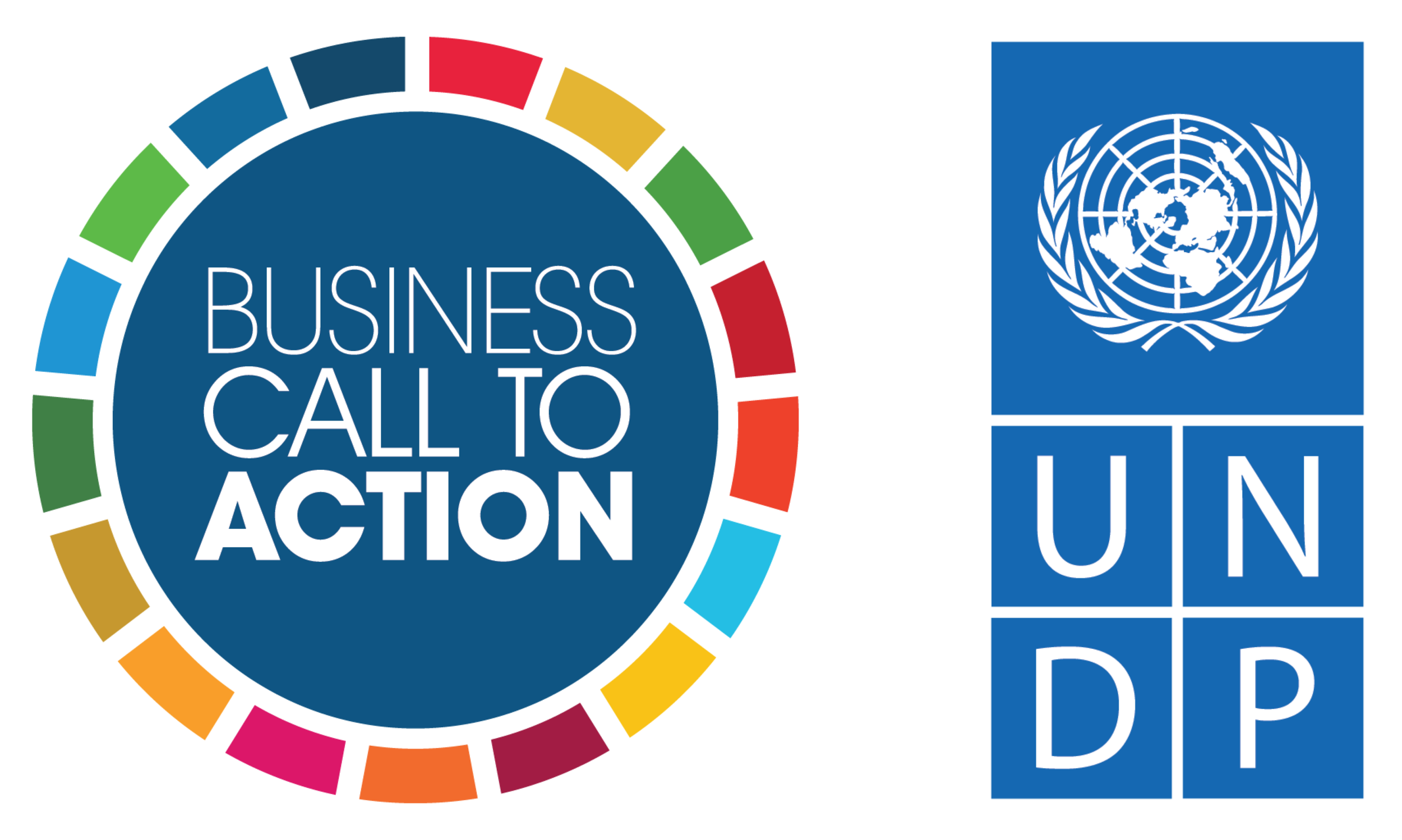Business Call to Action Helps Inclusive Businesses Visualize Their Business Links with Poverty and the SDGs
By Yunzhong Cheng, Impact Measurement and Data Management Consultant, Business Call to Action
Launched at the United Nations in 2008, the Business Call to Action (BCtA) aims to accelerate progress towards the Sustainable Development Goals (SDGs) by challenging companies to develop inclusive business models that engage people at the base of the economic pyramid (BoP). Over 182 companies, ranging from multinationals to social enterprises working in 66 countries, have responded to the BCtA by committing to serve poor people in developing countries through their products and services while developing sustainable and scalable business models.
1. When did your organization start using the PPI, and why? What was the need you were hoping to address?
In 2015, we established the BCtA Impact Measurement Services (BIMS). To date, we have helped 21 inclusive business members to conduct ongoing measurement of their social impact and operational performance. BIMS provides technical expertise and technology tools to assist companies in designing and implementing survey-based data collection from the field through their customers, suppliers and other stakeholders.
As a global leadership platform on inclusive business, we wanted to know whether our BCtA members were reaching the low-income populations they pledged to serve. We incorporated the country-specific Progress out of Poverty Index (PPI) questions into customized household surveys to enable our members to assess the poverty outreach of their products and services. By gaining access to the data collected by BCtA members, we can create an evidence base around the inclusive businesses’ contributions to BoP populations. In addition, our vision of using the PPI benefits companies by collecting more poverty data that can help them improve their strategies and operations.
Photograph credit: Yunzhong Cheng
2. How does your organization use the PPI? To measure poverty outreach? To improve social performance (targeting or product/service design)? To track changes?
We help companies to visualize their businesses’ links with the SDGs. By incorporating PPI questions into their surveys, BCtA members gain early insights into how poverty correlates with other SDG impact areas. For instance, are women living in poverty less likely to have access to quality healthcare? These data also help companies to understand how to improve their products and services targeting BoP markets. Through BIMS, we provide impact measurement services to members for up to two years. This ongoing data collection gives companies an opportunity to understand how the poverty levels of their clients is changing over time.
3. Does your organization collect PPI data directly from households, or do you get PPI data reported to you from partners/investees?
With our technical support, BCtA members carry out field data collection using mobile-enabled surveys. The implementation process is very interactive and requires companies’ field staff to collect data directly from target populations, including customers, suppliers, employees and other stakeholders. BCtA gains access to the PPI data collected by those companies.
4. Is PPI helping you to achieve your goals? What impact do you think PPI has had on your organization and/or its beneficiaries?
Prior to BIMS, many companies lacked a thorough understanding of the challenges their customers or suppliers faced, which is important for inclusive businesses. For instance, have farmers who received training from the company increased their yields and income? As BCtA members continue to keep track of PPI data through BIMS, they should be able to confirm that they are reaching their target population. Along with other critical market information collected through the customized surveys, companies can also develop products and services that specifically target low-income communities, assess new business opportunities in underserved areas, enhance their marketing and strengthen communications about their social contributions to investors, local authorities and other stakeholders. Moreover, the internationally recognized poverty measurement tool is helping BCtA to gain and share evidence of its inclusive business members’ impacts with the public.
5. Discuss the difficulties you faced (or still face!) when using the PPI. How are you solving them?
Noha Nyamedjo is a BCtA member that aims to build capacity to process cocoa in Cameroon. The PPI scores indicated that the smallholder farmers they engaged through the supply chain have a 71 percent likelihood of living below the Intl 2005 $2.5 poverty line. Photograph credit: Yunzhong Cheng
To keep track of how the poverty rates of our inclusive business members’ customers are changing, we encourage companies to collect the PPI data on an ongoing basis. However, some companies find it difficult to conduct follow-up surveys with all the previous respondents due to the logistics involved in doing so. To address this, we help companies to develop customized sampling strategies to make sure they can obtain meaningful data during survey implementation.
When analyzing PPI data, we found some incomplete answers uploaded by BCtA members’ field staff. Since the PPI includes a set of ten questions, this makes data aggregation inaccurate. We understand that some survey respondents may not have knowledge of specific PPI questions, so training field staff is essential. We therefore provide in-person field training to all companies participating in BIMS. The training includes survey testing in the field so that potential problems can be identified and mitigated.
Furthermore, BCtA defines the BoP as “people living less than USD 8 per day (in 2005 purchasing power parity)”, which is in line with UNDP and other international organizations’ definitions. However, the PPI scorecard indicates the likelihood of households living below national poverty lines, which are often much less than USD 8 per day. Currently we use a cut-off near USD 8 to ensure meaningful analysis for inclusive businesses. Overall, the PPI scorecard provides a very straightforward way to interpret the data, and we look forward to seeing how it can be customized even further in the future.
Originally published on the Poverty Probability Index website on 17 February 2017.


